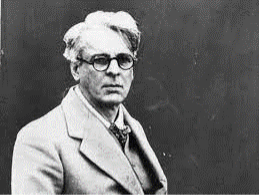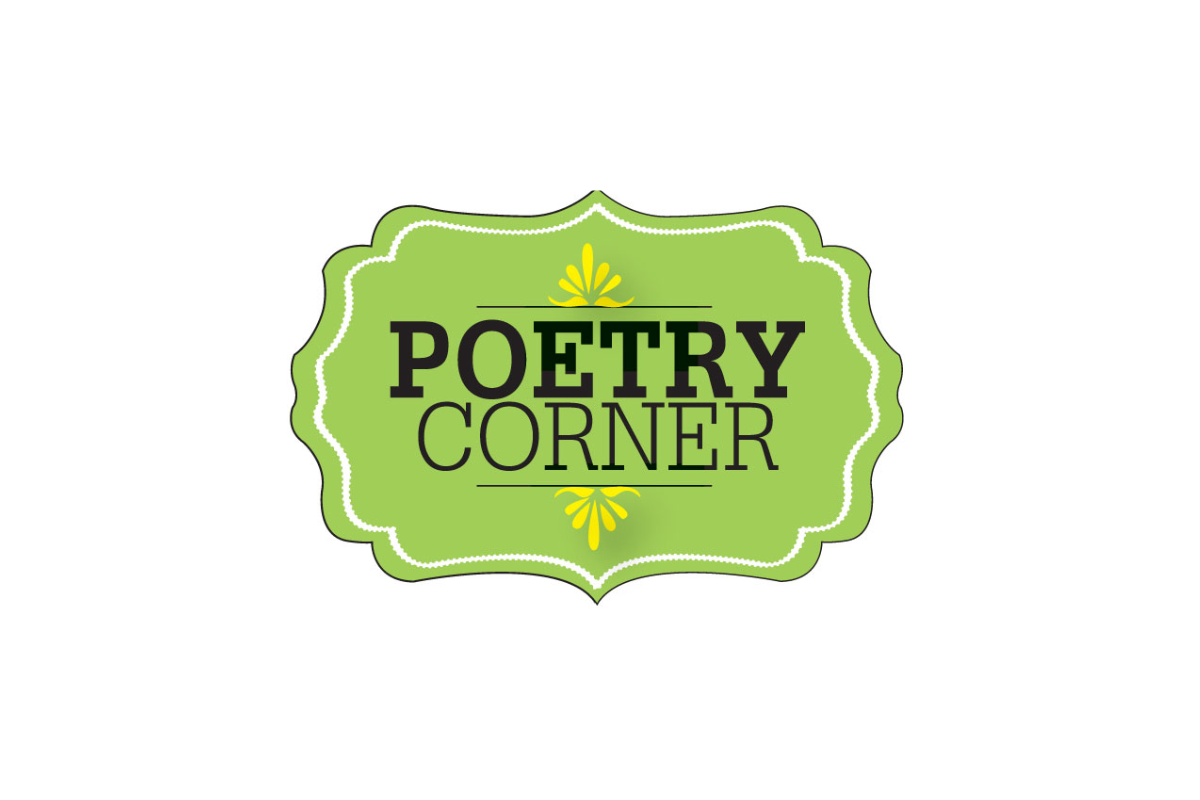By Norah Christianson
Yeats’ poem “The Second Coming” came into my mind the day after October 7th when Hamas attacked Israel. The poem is so eerily prescient, so nightmarish, I thought I oughtn’t to make the Stratford Crier readers even more distraught than we are. But we read the papers, yes? We watch the ghastly pictures on TV, yes? So I think we can read this poem. For here is Yeats, a poet who 100 years ago seems to have prophesied, in metaphorical terms, both what happened on October 7th, and what may happen in future as a result. For all its terror, it is so beautifully written.
The Second Coming
By William Butler Yeats
Turning and turning in the widening gyre
The falcon cannot hear the falconer;
Things fall apart; the centre cannot hold;
Mere anarchy is loosed upon the world,
The blood-dimmed tide is loosed, and everywhere
The ceremony of innocence is drowned;
The best lack all conviction, while the worst
Are full of passionate intensity.
Surely some revelation is at hand;
Surely the Second Coming is at hand.
The Second Coming! Hardly are those words out
When a vast image out of Spiritus Mundi
Troubles my sight: somewhere in sands of the desert
A shape with lion body and the head of a man,
A gaze blank and pitiless as the sun,
Is moving its slow thighs, while all about it
Reel shadows of the indignant desert birds.
The darkness drops again; but now I know
That twenty centuries of stony sleep
Were vexed to nightmare by a rocking cradle,
And what rough beast, its hour come round at last,
Slouches towards Bethlehem to be born?
“The Second Coming” is a complex poem, but we understand what it means almost through our skin before we analyze it. Yeats wrote this poem after World War I, after the Russian Revolution and his own Ireland’s unrest. He is telling us, in metaphor, that history not only repeats itself, but our world is on the brink of destruction.
In the first stanza, Yeats uses the word “gyre” (a spiral, circular motion) to mean the cyclical view of history. The gyre of the world is widening, the world is spiraling out of control. The “falconer” (Man) has lost control over earth and nature (the “falcon”). Yeats writes that these are the end days, that the world has sunk into moral rot. “The ceremony of innocence is drowned.”
In the second stanza, Yeats tells us that the Second Coming must be at hand. (The Second Coming is John of Patmos prediction, in Revelation, that Christ will come again—a belief held both by Christians and Muslims.) But then the poet has second thoughts, and a vision. He sees an image stemming from the Spiritus Mundi (the world’s collective spirit), and it is NOT Christ, NOT a Savior but something terrible, something sinister—a beast, a grotesque monster, with the head of a man and a lion’s body, and “A gaze blank and pitiless as the sun.” Yeats leaves us with the question: “And what rough beast, its hour come round at last, /Slouches towards Bethlehem to be born?”
And so we are left asking ourselves: In what manner will the beast manifest itself? The beast can be many things: Hate. War. Government. Climate change. A tyrant for president. Worldwide anarchy. Unbelievable atrocities. Moreover, the beast could be all of these.
Yeats gave us his prophesy. He reported his vision. Now we must not just pray and hope. We must work to prove him wrong.

William Butler Yeats (born 1865 in Dublin, Ireland, died in France in 1939) is one of the greatest of all Irish poets. Yeats was very involved in political, cultural and spiritual matters, and, with Lady Gregory, founded the Abbey Theater. He was awarded the Nobel Prize for Literature in 1923.

